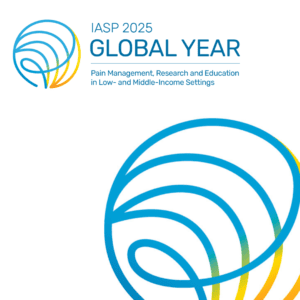Placentophagia, ingestion of placenta and amniotic fluid, usually during parturition, is a behavioral feature of nearly all nonaquatic, placental mammals, and is a nexus for several interlocking behavioral phenomena. Placentophagia has not been typical of human cultures, but in recent years, some women in affluent societies have engaged in it, thereby bringing publicity to the behavior. First, we summarized benefits of placentophagia for nonhuman mammals, which include increased attractiveness of neonates, enhanced onset of maternal behavior, suppression of pseudopregnancy, and enhancement of opioid hypoalgesia by Placental Opioid-Enhancing Factor (POEF), a benefit that may extend well outside the context of parturition. The research on POEF in animals was discussed in detail. Then we discussed placentophagia (placentophagy) in humans, and whether there is validity to the claims of various benefits reported primarily in the pro-placentophagy literature, and, although human afterbirth shows POEF activity, the POEF effect has not yet been tested in humans. Finally, we discussed the general possible implications, for the management of pain and addiction, of isolating and characterizing POEF.
- Membership
- Publications
- Resources
- Education
- Events
- Outreach
- Global Year
- Pain Management, Research and Education in Low- and Middle-Income Settings
- Sex and Gender Disparities in Pain
- Integrative Pain Care
- Translating Pain Knowledge to Practice
- Back Pain
- Prevention of Pain
- Pain in the Most Vulnerable
- Pain Education
- Joint Pain
- Pain After Surgery
- Global Year Campaign Archives
- My Letter to Pain
- IASP Statements
- ICD-11 Pain Classification
- Global Alliance of Partners for Pain Advocacy (GAPPA)
- National, Regional, and Global Pain Initiatives
- International Pain Summit
- Pain Awareness Month
- Global Year
- Careers
- About
- For Pain Patients and Professionals

